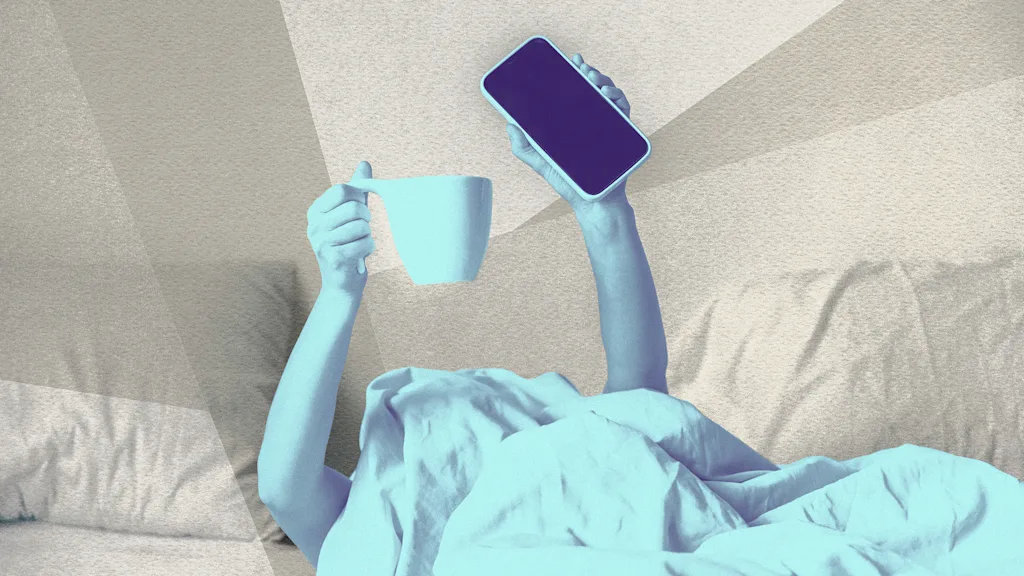
"Many of us indulge in a day of "bed-rotting" every now and then. For younger generations, it's becoming less of a guilty pleasure and more of a habit. According to a recent Morning Consult report, young people are increasingly spending time in bed scrolling social media or streaming shows instead of engaging in more "energetic" or "social" activities. Roughly half of Gen Z (49%) said they bed rot "often" or "sometimes," and 41% of millennials said the same."
"For bed rotters, YouTube comes out on top as the most used and most trusted social platform, according to Morning Consult, as well as the platform Gen Z finds the most fun. Unsurprisingly, X and Facebook both came out at the bottom with Gen Z and millennials. Young people are also adding reading AI-generated search summaries to their bed-rot rotation, the survey found."
"At a time where young people are crashing out at work, reporting high rates of burnout and screen times are higher than ever, with Gen Z spending an average of nine hours a day looking at either a monitor, TV, or phone, it makes sense that many are retreating back under the covers. Lying horizontal for hours on end might sound relaxing, but too much time sleeping or spent in bed can end up having the opposite effect."
Bed-rotting is defined as spending an entire day in bed doomscrolling, streaming, and avoiding responsibilities. Roughly half of Gen Z and 41% of millennials report bed-rotting often or sometimes. The trend gained mainstream traction in late 2023 and aligns with a shift from active to passive internet use driven by TikTok, Instagram Reels, and YouTube Shorts and their infinite-scroll design. YouTube ranks highest for use, trust, and fun among Gen Z while X and Facebook rank lowest. Young people are adding AI-generated search summaries to bed-rot routines. High screen time and workplace burnout coincide with the behavior, and excessive time in bed can worsen mental health.
Read at Fast Company
Unable to calculate read time
Collection
[
|
...
]